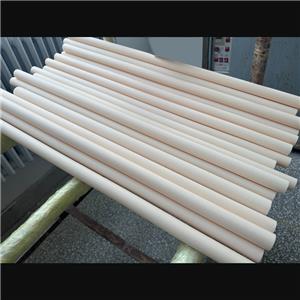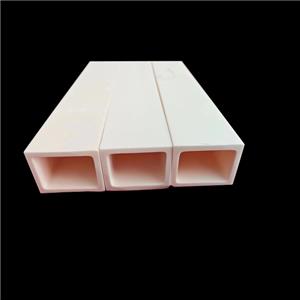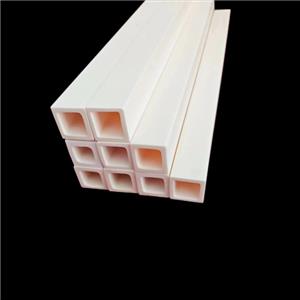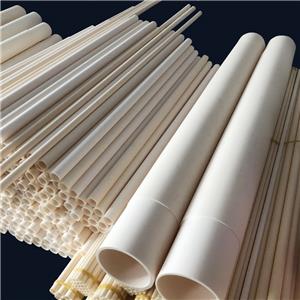Exploring Ceramic Boats: Enhancing Tube Furnace Operations
Exploring Ceramic Boats: Enhancing Tube Furnace Operations
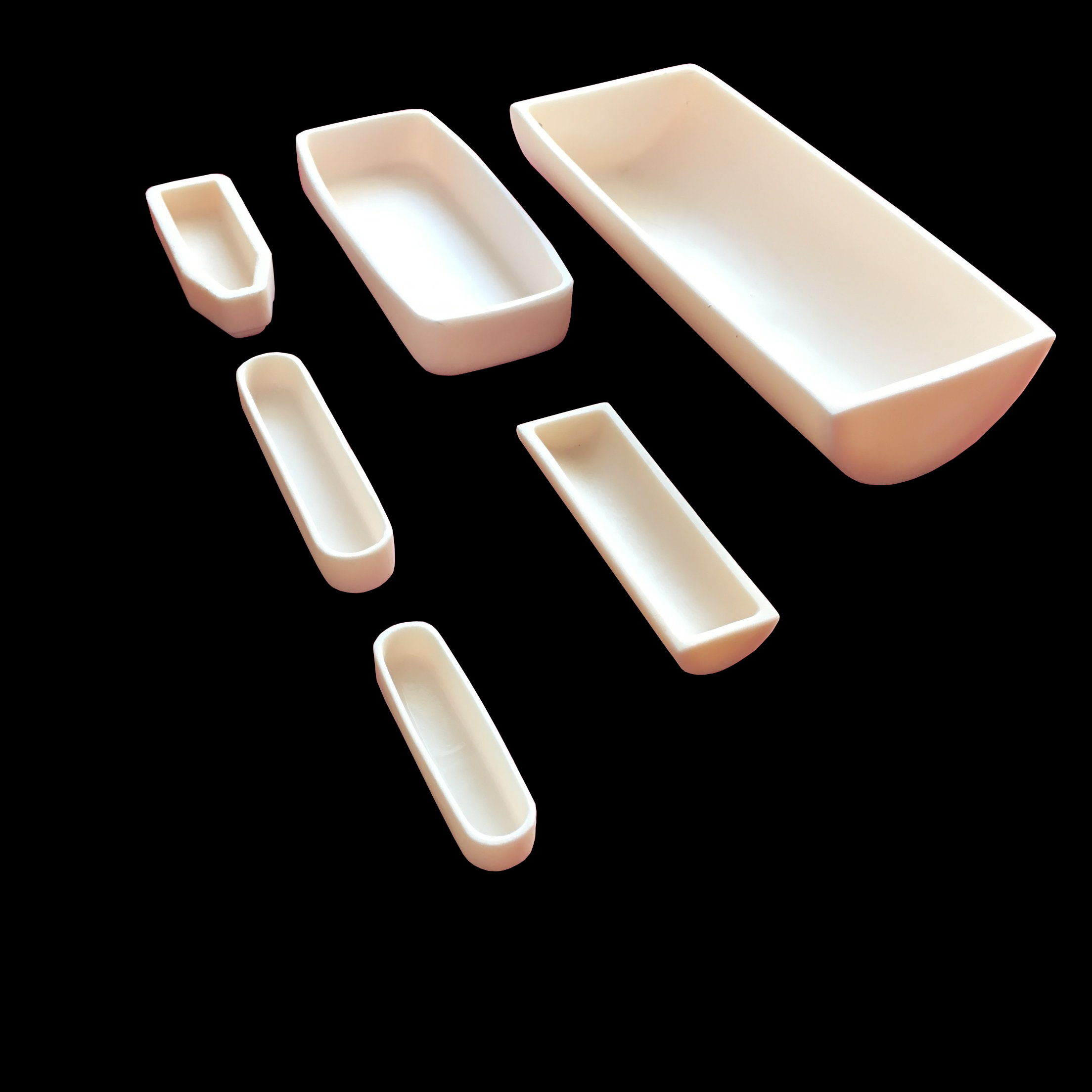
Introduction:
In the realm of materials science and industrial processes, tube furnaces play a pivotal role in various thermal treatments, from annealing to sintering. Within these furnaces, ceramic boats serve as crucial vessels for containing and manipulating samples. Understanding the dynamics of ceramic boats is essential for optimizing tube furnace operations and ensuring the integrity of experimental results. This article delves into the intricacies of ceramic boats, their importance, and strategies for enhancing tube furnace performance.
Ceramic boats, typically made from materials like alumina or quartz, serve multiple functions within tube furnaces. Firstly, they provide a stable platform for holding samples during heat treatments, preventing direct contact between the sample and the heating elements. This not only protects the furnace but also ensures uniform heating of the sample. Additionally, ceramic boats facilitate the easy insertion and removal of samples, minimizing the risk of contamination and streamlining experimental procedures.
Several factors influence the performance of ceramic boats in tube furnaces. Material composition is a critical consideration, as different ceramics exhibit varying thermal and chemical properties. Alumina boats, for instance, offer excellent resistance to high temperatures and corrosive environments, making them suitable for a wide range of applications. Quartz boats, on the other hand, are preferred for their transparency to certain wavelengths of light, enabling in-situ monitoring of reactions.
Furthermore, the dimensions and geometry of ceramic boats play a significant role in heat distribution and sample accessibility. Boat size should be carefully chosen to accommodate the sample without excess space, which could lead to temperature gradients or inefficient energy transfer. Additionally, the shape of the boat can impact gas flow patterns within the furnace, affecting temperature uniformity and reaction kinetics.
To enhance tube furnace operations, several strategies can be employed regarding ceramic boats. Firstly, selecting high-quality boats designed for specific applications can improve thermal stability and chemical resistance, ensuring reliable performance over extended periods. Regular inspection and maintenance of ceramic boats are also crucial to identify signs of wear or damage that could compromise experimental outcomes.
Moreover, optimizing boat loading configurations can maximize furnace efficiency and sample throughput. By arranging samples strategically within the boat, researchers can achieve more uniform heating and minimize energy consumption. Additionally, utilizing accessories such as boat pushers or racks can streamline sample handling and reduce the risk of operator error.

